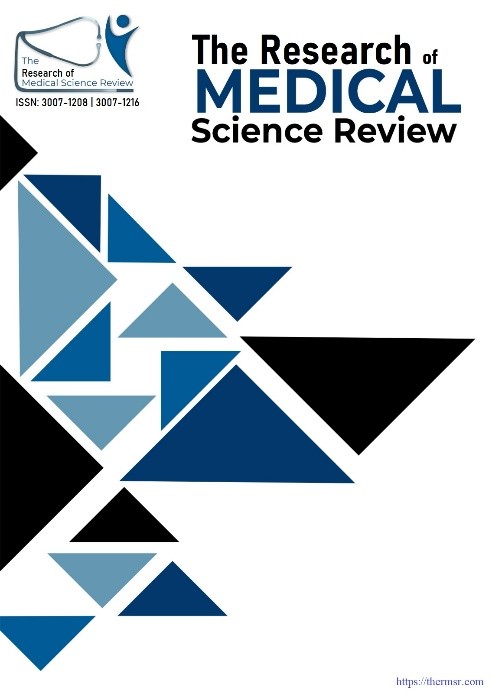UNCOVERING THE UNSEEN: PREVALENCE OF PROLONGED GRIEF DISORDER AND ASSOCIATED FACTORS- A CROSS-SECTIONAL STUDY
Main Article Content
Abstract
Background: Prolonged Grief Disorder (PGD) is a type of mental disorder that entails experiencing grief in prolonged and enduring ways even after the loss (more than 6 months); it can be considered as a variant of depression. There is very little information on the prevalence of PGD and the factors that are related to it within Pakistani healthcare settings.
Aim and Objectives: This aim was to estimate the prevalence of PGD by the ICD-11 criteria and determine socio-demographic and loss-related predictors in the hospital-based sample in Pakistan.
Methods: There was a cross-sectional study done by using a psychiatry outpatient clinic in Khyber Teaching Hospital which took six months. The consecutive sampling method recruited 333 bereaved adults (age 18 and above) who had lost a loved one more than 6 months prior. The administration of questionnaires was performed via structured questionnaires that comprised socio-demographic data, variables of losses, and the International Prolonged Grief Disorder Scale (IPGDS). An assessment of the comorbid conditions was done through the use of clinical interviews.
Findings: PGD occurred in 18.3% (95% CI: 14.2- 22.4). Major predictors were female gender (OR=2.34, p 1001), loss of spouse (OR=321, p <001), sudden or unexpected death (OR=2.89, p<001), lower education (OR=187, p= 0012), unemployment (OR=2.15, p=003). Sixty-seven-point two percent of PGD cases had depression. Religious coping demonstrated the protective results (OR=0.43, p=0.001).
Conclusion: PGD prevalence in this Pakistani hospital sample was higher than reported in Western populations. Gender, relationship to deceased, cause of death, and socio-economic factors were significant predictors. These findings highlight the need for culturally appropriate screening and intervention programs in Pakistani healthcare settings.
Downloads
Article Details
Section

This work is licensed under a Creative Commons Attribution-NonCommercial-NoDerivatives 4.0 International License.
